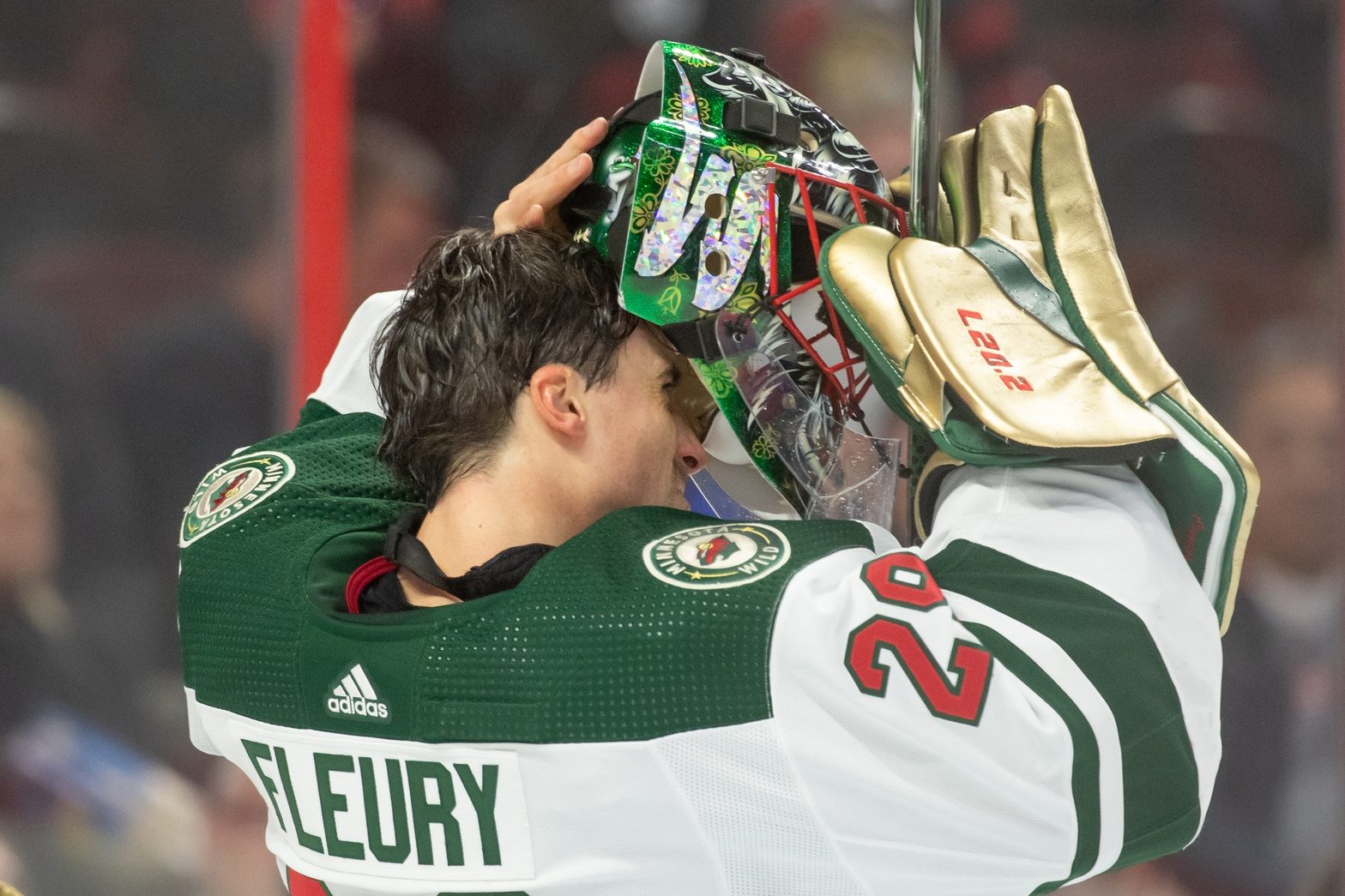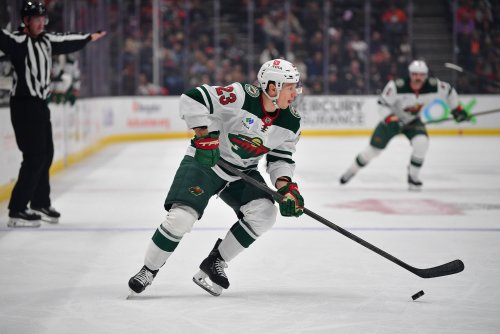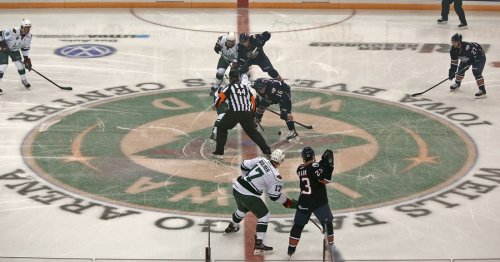
It’s only been seven games, or 8.5% of the season if you want to get really numbersy, but you can already divide the Minnesota Wild’s season into two distinct parts. There were the three absolute clunkers to start the season, followed by their sharp turnaround. Sitting at 3-3-1 two weeks into the season, things are looking rosier than they were only seven days ago.
So what’s been the key differences over the last four games, which haven't featured a single regulation loss? Some of them are pretty obvious. But with others, you need to dig a little deeper to find out. Here are three of the biggest driving forces behind their recent success.
Goaltending
Duh, right? I would have loved to just say we all know goaltending has been their biggest improvement and excluded it here out of redundancy. But we still need to talk about it, because there’s a chance we saw a regression back to good goaltending, even if it may have swung too far to believe it’s going to hold up at this rate.
A week ago, we attempted to calm everyone’s panic and avoid the impulse to bring up blue chip prospect Jesper Wallstedt from Iowa immediately. Sure, the goaltending was allowing just over -2.0 GSAx per game. But even then, we warned you it couldn’t possibly remain that poor.
Fast forward exactly a week, and while frost is quickly approaching, Fleury remains in full bloom.
There’s just no other way to say it, and it’s why we are starting with goaltending here. It’s the single biggest reason the Wild no longer look like an AHL team. Just look at that swing in GSAx. In the first three games, the Wild were essentially starting every game already down 0-2 because of their netminders. And now? They are at almost an entire goal saved above average. That’s a three-goal swing per game, which is stunning.
Now comes that bad news I mentioned. Remember last week we said the goaltending can’t possibly remain that bad, and things will turn around soon? Likely, the same can be said about Fleury’s play in the last four games. His GSAx lately just isn’t sustainable for an entire season.
For reference, last year’s Vezina trophy-winning goaltender, Igor Shesterkin, recorded one of the best regular seasons by a goalie in history. According to Evolving Hockey, Shesterkin finished at 37.18 GSAx. If Fleury continues to play this way all season long, he would finish at about 47 GSAx between now and the end of the year.
I don’t see that happening. So, while he certainly isn’t the goalie we saw in the beginning of the season, he likely won’t be on the cusp of the greatest season ever either. Probably somewhere in between – and that’s okay for the Wild.
Executing Better On the Breakout
Go back and watch the tape from the first three games. Then immediately wash your eyes out with warm water and an FDA-approved soap. Minnesota's inability to execute a simple breakout pass was maddening. It was an easy talking point to skirt past with all the time taken up by bad goaltending and poor defending.
Really, the poor defending had more to do with turnovers leaving the zone than simple positioning. Even transition stalwarts like Jonas Brodin and Jared Spurgeon looked like the little brother your teammate brings to open hockey because Mom just wants everyone out of the house.
The Wild were defending so much because they had to. This has been the Wild’s strength over the past decade, a group of defenders who excel at turning defense into offense in a hurry. What’s that they say about a good offense makes a good defense? Well, it’s true. And to their credit, the forwards have also improved dramatically in staying lower in the zone and make good headman passes through the neutral zone.
It's crazy how much faster a team looks when they simply execute better.
Deployment Of the Defenseman
Here is where we dig in a little deeper. At the beginning of the season, head coach Dean Evason elected to spread the minutes out evenly among the six defensemen. Through the first three games, the top defenseman in terms of ice time averaged 21.3 minutes per game, while the lowest TOI was at an even 14 minutes.
After that 0-3 start, Evason really made some changes to the TOI on the back end. Against the Vancouver Canucks in their first win of the season, Spurgeon played 25 minutes, and veteran Alex Goligoski skated in just 12 minutes. The following game in Boston, Brodin was a horse on the back end, logging 27 minutes of ice time. Jon Merrill finished lowest amongst the group at 14.
Even more encouraging, Evason is deploying his two best players together in key spots, even if they don’t normally play together at 5 on 5. Thursday night’s win in Ottawa was a great example. On the penalty kill, Spurgeon and Brodin were tied to each other’s hips for the first time all year. A developing trend in the NHL has been No. 1 PP units staying on the ice for longer shares of the two-minute powerplay. Penalty kills should react similarly. Why not take your two best defenseman and put them out together against an opposing team’s best PP unit?
Beyond just the penalty kill, Spurgeon and Brodin played together at 5 on 5 more on Thursday than they had all season, particularly in the third period. The pair hopped over the boards together on four separate shifts in the third period, including being on the ice when the Ottawa Senators pulled their goaltender.
Evason’s top forward line routinely leads the group in ice time. It only makes sense to do the same with his top defenseman.
Simply put, the Wild’s performance in the first three games called for improvements in every part of their team. However, these three changes have perhaps led the most to the narrative changing from Connor Bedard talk back to maybe Minnesota can contend again this year.
It feels good to watch good hockey again.
Think you could write a story like this? Hockey Wilderness wants you to develop your voice, find an audience, and we'll pay you to do it. Just fill out this form.









Recommended Comments
There are no comments to display.
Join the conversation
You can post now and register later. If you have an account, sign in now to post with your account.
Note: Your post will require moderator approval before it will be visible.